I’m not sure if you’re aware of this fact or not, but nowadays it has become common practice to play live to a “click,” or to use a metronome while performing in concert. Pretty much – if you see a band or an artist on stage with plastic and wires protruding from their ear canals (these are called molded in-ear monitors; I have to say that because I’ve had to tell people on multiple occasions that I do not wear a hearing aid) you can bet that there’s a click in there. Using in ears is really the only way to conceal it because otherwise the audience would hear an annoying TICK TICK TICK TICK coming from the floor wedges on stage, and even though we the performers need to suffer through it I’d hate to impose that nuisance onto the audience as well 🙂
With that last statement I’m probably giving off the impression that I don’t like playing to a click live. I feel quite the opposite, actually. I don’t know how you feel about it, but, personally, I love it when the rest of the band plays to a click (notice how I worded that). There’s a tightness that develops when everyone is perfectly on beat and in sync with one solid, undeniably accurate source, and this tightness is just perfect for most pop and some types of rock music. And there are many more up-sides of this than only the audible benefits of using a click live; you now have the luxury of using backing tracks with your performance, syncing with lighting cues and even pre-programming them if the lighting system is the same night after night; you don’t need the drummer to start each song, nor keep time for the guitar player when the whole band drops out except for him; there’s also the added value of playing to pre-recorded and edited video cues as well. One of my favorite bass players, Bryan Beller plays the role of William Murderface, who is the bassist for the band Dethklok (a cartoon band from the Adult Swim T.V. Show Metalocalypse, which is definitely worth checking out if you’re into metal!)… I remember reading an article with him, or maybe seeing it in an interview, where he was talking about the tour they were on and he described the show in relation to the DVD they played to. Basically, they were playing the part of a “pit orchestra,” providing live music to the theatrics that were being displayed on the screens above and to the left and right. Each night they press play on the DVD and the show would play itself out from start to finish, allowing for these cartoon badasses to do what they do best while the band does what it does best. I thought it to be a truly ingenious idea, especially as a huge fan of the show, and of course this would be completely impossible to do without playing to a click.
With saying all of that, I know that a lot of people don’t approve of the live click playing; they say that it’s unnatural, forces the music to be rigid, there’s no room for added space or extra time and loose feels. Obviously. These are all of the “problems” that using a click will “fix.” I place those words in quotations because if they are problematic for the style of music or the particular ensemble then, by all means, USE a click. But if they’re not “problems” then using a click will make them one. If you’re playing music that changes tempos and feels throughout and “loose” is the way the song wants it to be, then DO NOT use a click because you will be ruining the music.
Now, I’d like to touch on the statement I made earlier when I said that “I love it when the rest of the band plays to a click.” I never really liked having the click in my ear when I play live, and maybe you feel that way too. For me, it’s obvious that the drummer needs it, and maybe the guitar player too (so he can tap-tempo his effects or stay in time at the drop-out bridge); but my problem with getting the click is that it always made me feel like I had two time keepers: The Drummer and the Click.
Who do I lock in with? The drummer or the click? Obviously, in the studio I’d choose the click because we can always nudge things later. But live? There’s no nudging. If I have click in my ears I’m going to try my best to be right on top of it, and if the drummer or guitar player get out of sync with it I am going to sound like the one who’s wrong, not them. So I used to choose to leave the click out of my personal mix.
I no longer feel that way. For the past few years I’ve discovered a way to allow both of these time sources to feed my mix and dictate our ensemble’s sense of time/feel, and hopefully it’ll help you if you have the same problem. It’s more or less a state of mind, and by the way I carry this into my studio playing as well.
Rather than playing to the click, or thinking of it as the end-all-be-all that the entire band plays and syncs to, I look at it as another instrumentalist in the band. The click is playing along to me, just as the drummer and guitar player are (hopefully!). It’s not louder or more dominant in my ear-mix than any other instrument. In fact, and I got this from a conversation I had once with legendary drummer Russ Miller, I like to make the click the exact same volume as the hi hat cymbal; that way it feels more like a percussion instrument and blends in to the rest of the band better. I also prefer more “neutral” sounding clicks and not harsh CLANK CLANK CLANK sounds. Something like a thin wood block or something (Marimba 1 is my favorite in Pro Tools).
And here’s the added benefit; if the click is playing to me, rather than the other way around, AND the rest of the band views it this way too – it’s not so rigid sounding anymore, is it? We’re all still in sync with each other and not some lifeless, emotionless, monotonous, droning robot… Now of course this means that you have to be playing with other musicians that are capable of performing this way in order for it to be successful. Otherwise it could be chaos. But if you’re playing to a click live I suggest you bring it up to your bandmates and see what they think. It’s made a huge improvement in my own playing and I’m sure it will in yours too.
What do you think?


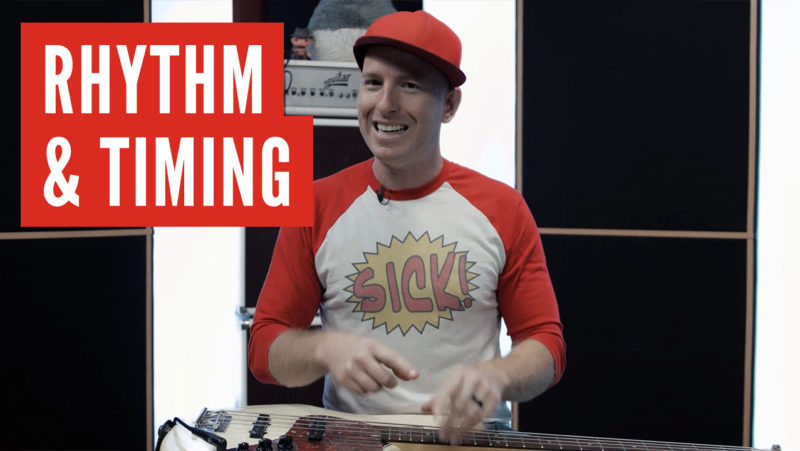
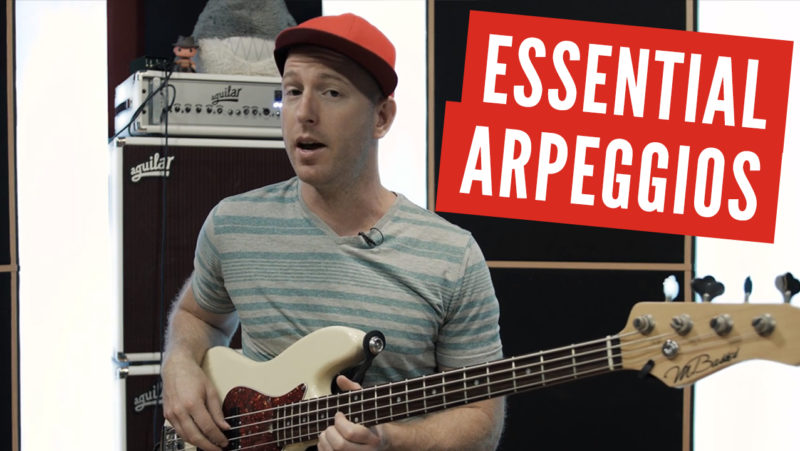
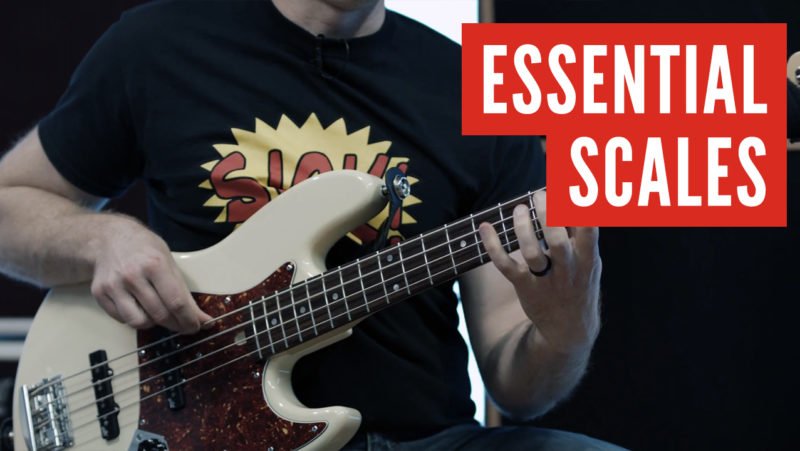
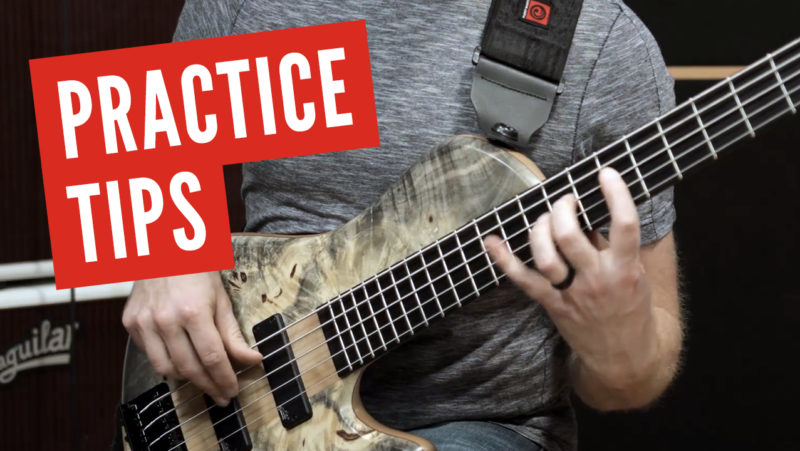
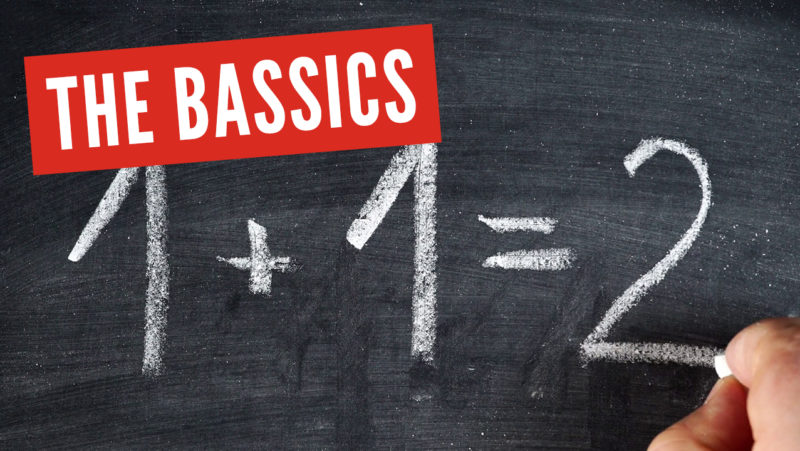
John Hewitt
Not sure what you’re getting at in the first half. There are a few musical styles that a click is good for but very few. I use to sequence a lot of music typing the notes into MIDI. perfect time is not perfect. If great music is about artistic expression then a part of this expression is stretching the tempo. It’s like using a fretless bass and fooling around with ghe pitch like a violin player. It takes an awesome band full of awesome musicians to be perfectly in sync but when it happens everyone knows it..
As far as a bass player having a tick track and not the drummers or others, this sound rediculous to me. In my experience very few musicians can take their timing from a bass player. Sad but true, this is just the way it is. Most need the high frequency of a high hat or snare for example. Not really sure what the point of a tick track is if you’re out of sync with the drummer? This sounds like a recepee for disaster. Not sure at all what you mean when you imagine that the tick track is playing along to you.
I just lost a gig because I questioned the in ear tick thing so it’s a bit of a sensitive issue with me but really wasn’t sad about losing it after I calmed down a few days later. Hate to see things going more this way and may have to concede eventually…
Jayme
Hey John, just to clarify – no I’m not suggesting that the bass player be the only one with the click. Typically, anyone on stage has the opportunity to place the click in his or her ears, but the drummer just about always has it. Quite often he is the only one with it, but more and more I am noticing that the entire ensemble is choosing to place the click in their mix. It would be disastrous if only one of us could get it and they gave it to the bass player 😛
John Hewitt
Sorry, I didn’t understand what you meant when you said you had two time keepers… the drummer and the click. I guess I couldn’t imagine why the drummer wouldn’t be following the tick track and you had to choose between one or the other. This would be an interesting delema wouldn’t it? I guess it’s all about learning to work together as a band. These days I play a lot of one offs so there rarely is that unity that the Funk Brothers talked about. I remember reading how they could instantly tell if a song was going to be a hit. I don’t sell bass lines over the internet any more because of this. I miss this aspect of a long term commitment to a band.
I’m not a big fan of metronomes but I realize I have an exceptional sense of timing. There are many aspects to musicianship and rarely does a musician have it all together right out of the gate. I’ve had to work hard… really, really hard to make up for my deficiencies in other areas. I personally love playing around with the time and strongly believe this adds to the expression and art of music. To be locked in by a tick track suffocates me. I reallize there are few certain genres that work really well with a tick track so of course I am speaking in generalities.
Thanks for this blog. I will check back. I hope there are lots of comments.
Jayme
Ya I know what you mean by getting to that level of comfort with other players, where you really function and think like one instrument. It’s hard to get to that point with other players unless you’re playing with them all the time and I miss that dearly these days, where most of my gigs are one offs. Granted the players are always fantastic, I just long to feel that long term band commitment again. Right there with ya 🙂
Dik Hedlund
Click tracks are used in the studio to keep commercials (radio and tv) to their correct lengths — :60, :30 and :15. They are not supposed to dictate time keeping in a live situation.
Musicians are supposed to communicate with each other, find the pocket and make the song groove. Everyone in the band needs to feel the song the same way, have their own sense of time, and collectively make the song groove by listening to each other, not focusing and playing to a metronome. That is not what making music is all about.
Get rid of the click track and make music by collectively listening to each other for balance, groove, dynamics and inspiration. Use your ears and make it feel right. Your time feel comes from within.